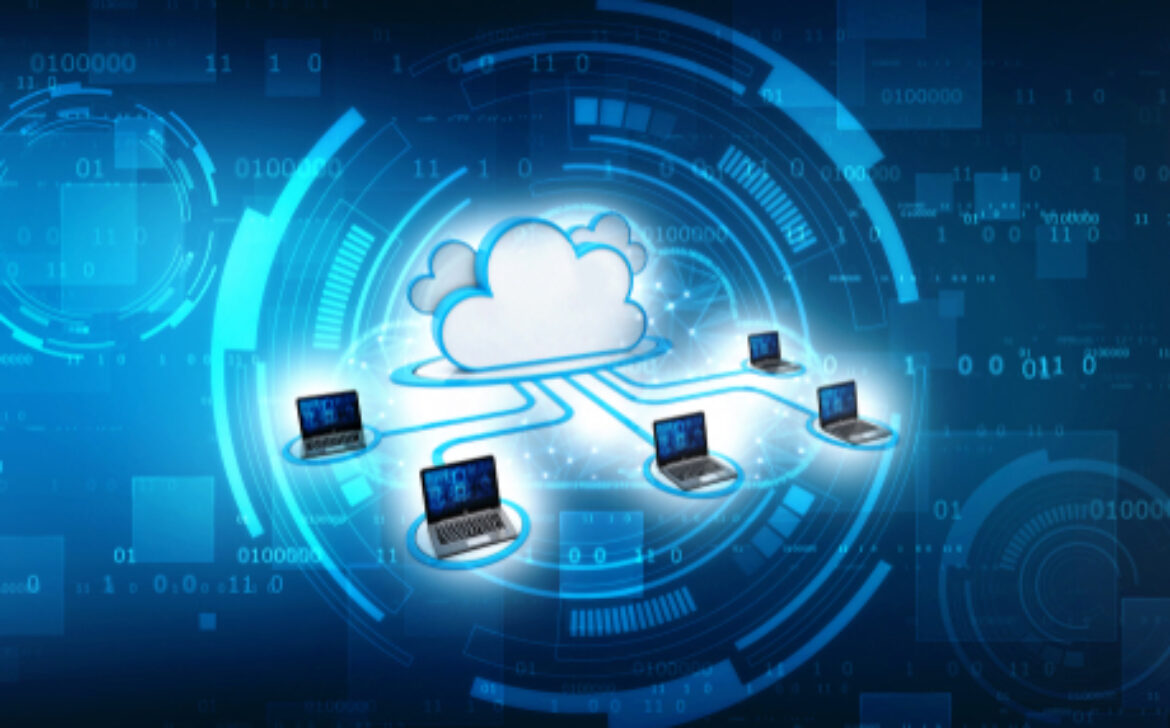Navigating the Digital Landscape: Effective Digital Marketing Strategies for Success
Introduction
In the dynamic realm of modern business, digital marketing has emerged as a cornerstone for achieving growth, engagement, and brand recognition. To thrive in the digital landscape, organizations must harness a diverse set of strategies that effectively connect with their audience and drive meaningful results. This blog delves into the world of digital marketing strategies, offering insights into essential techniques that empower businesses to navigate the digital terrain and achieve their goals.
- Search Engine Optimization (SEO) Mastery: Enhancing your online visibility begins with a robust SEO strategy. By optimizing your website for search engines, you ensure that your content ranks high in search results, increasing organic traffic and attracting valuable leads.
- Compelling Content Creation: Quality content remains at the heart of successful digital marketing. Crafting engaging blog posts, articles, videos, and infographics that resonate with your audience establishes your brand’s authority, fosters trust, and encourages engagement.
- Social Media Engagement: Leveraging social media platforms enables you to connect with your audience directly. Create captivating content, engage in conversations, and foster a sense of community to expand your brand’s reach and drive user interaction.
- Email Marketing Excellence: Email marketing remains a powerful tool for nurturing leads and maintaining customer relationships. Deliver personalized and relevant content to your subscribers, keeping them engaged and informed about your offerings.
- Pay-Per-Click (PPC) Advertising: Strategic PPC campaigns on platforms like Google Ads can yield immediate results by placing your content at the top of search results. Utilize targeted keywords, compelling ad copy, and effective landing pages to convert clicks into customers.
- Influencer Partnerships: Collaborating with influencers relevant to your industry can amplify your brand’s reach and credibility. Harness the influencer’s established audience to promote your products or services and increase your brand’s visibility.
- Video Marketing Domination: Video content continues to dominate digital marketing. Create engaging videos that showcase your products, provide educational content, or share behind-the-scenes glimpses to connect with your audience on a personal level.
- Data-Driven Decision Making: Utilize data analytics to gain insights into consumer behavior, preferences, and engagement patterns. This information empowers you to refine your strategies, optimize campaigns, and enhance customer experiences.
- Mobile Optimization: With mobile usage on the rise, ensuring that your website and content are mobile-friendly is crucial. A seamless mobile experience enhances user engagement and accessibility, contributing to higher conversion rates.
- Chatbots and Personalization: Integrate AI-powered chatbots into your website to provide instant customer support and enhance user experiences. Personalization tailors content and recommendations based on user preferences, fostering deeper engagement.
Conclusion:
In an era where digital interactions shape consumer behaviors, mastering the art of digital marketing is paramount. By incorporating a well-rounded array of strategies, businesses can amplify their online presence, connect with their target audience, and achieve remarkable growth. Whether through compelling content, social media engagement, influencer partnerships, or data-driven decisions, effective digital marketing strategies empower organizations to navigate the digital landscape with confidence, drive meaningful interactions, and thrive in the modern business landscape.










